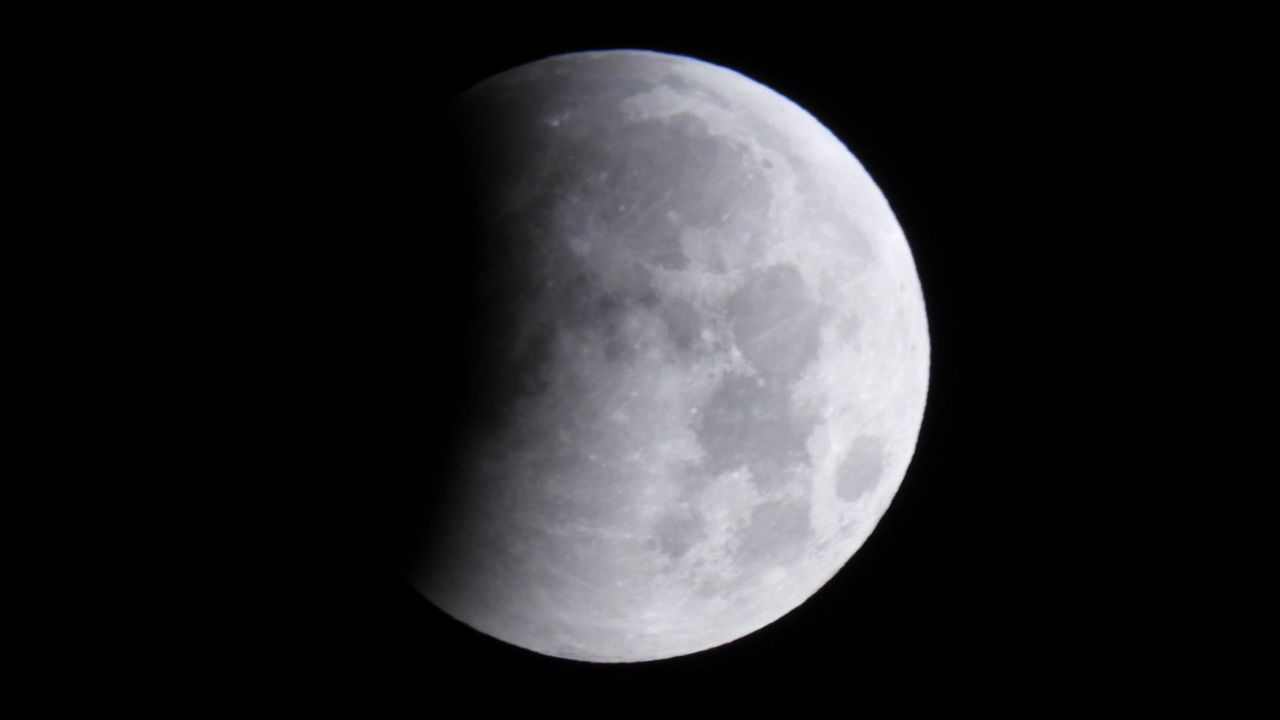This month's full moon will peak on the evening of Sept. 17 and be the second of four supermoons this year.
Nicknamed the Harvest Moon, since it occurs closest to the Autumnal Equinox.
A supermoon is when the moon’s orbit is at its closest to Earth. The moon will appear brighter and larger than normal.
This is the second of four supermoons that will occur this year. The next supermoon will happen in October, followed by the final one of the year in November.
According to the farmer’s almanac, names of moons corresponded with entire lunar months and were derived from Native American, Colonial American and European sources.
If the October full moon happens closer to the Fall Equinox than the September full moon, October will take the Harvest Moon name and September’s moon will be referred to as the Corn Moon.
The month is a transitional month as we move away from summer toward fall and the alternative names reflect this.
- Autumn Moon (Cree)
- Falling Leaves Moon (Ojibwe)
- Leaves Turning Moon (Anishinaabe)
- Moon of Brown Leaves (Lakota)
- Yellow Leaf Moon (Assiniboine)
Not only is it a full supermoon, but it’s also a partial lunar eclipse, meaning part of Earth’s shadow will cover the moon. The celestial show will start at around 8:41 p.m. ET, Tuesday.
The partial eclipse will make the moon appear reddish because of the way the Earth’s atmosphere refracts the light.
Check your local forecast here to see how clouds may affect your viewing. Nicknamed the Harvest Moon, since it occurs closest to the Autumnal Equinox.
Our team of meteorologists dives deep into the science of weather and breaks down timely weather data and information. To view more weather and climate stories, check out our weather blogs section.



